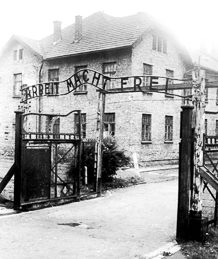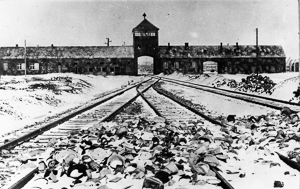From the time she was a very small girl living in San Francisco, Florence Juliette Antoinette Lacaze knew she wanted a special place in life. Florence quickly determined that because she wasn’t born into that “special place,” she would have to develop it on her own. From that day on, everything Florence did was a calculated move to enhance her position in society, create wealth, and as we’ll see after France’s liberation, protect her physical self and reputation (Florence perfected the art of lying to enhance her life story). In other words, Florence built her entire life around her. While Florence was a benefactor to her friends, she was ruthless towards her enemies. She shared several common traits with her deceased father-in-law, Jay Gould, the notorious 19th-century “Robber Baron.”
Did You Know?
Many of us were required to read F. Scott Fitzgerald’s novel The Great Gatsby while in junior high or early high school. Remember those days reading about East Egg and West Egg? East Egg was the aristocratic section of town while West Egg belonged to the nouveau rich. The character social types were in love with money, social standing, and generally created a lot of messes in their lives (and others). Fitzgerald finished the first draft and sent it to his editor. It was promptly sent back to the author because Fitzgerald “had not sufficiently developed the characters with any believability.” Fitzgerald and his wife, Zelda were, at the time, fixtures on the French Riviera staying in Frank and Florence’s hotel, in Juan-les-Pins. They were first hand observers of mid-1920s high society and the exploits of the crowd which included Florence. So, when the draft was sent back for revisions, Fitzgerald fleshed out his characters using the group of people orbiting around Florence. When the novel was published, it met lukewarm reviews but more revealing was the fact that none of the Riviera crowd recognized themselves.
Let’s Meet Florence
You’ve probably never run across the subject of our blog today. Florence Lacaze Gould (1895−1983) was and is to this day, an enigma. Very little has been written about her, much to the delight of her estate and foundation. In fact, the availability of images of Florence is tightly controlled by her foundation. Her legacy (and that of her husband, Frank Gould) are nowhere to be seen in written accounts of the numerous properties they founded or developed into very successful businesses. Read More American “Grande Horizontale” and Nazi Collaborator



